National Oceanic and Atmospheric Administration
Ocean Acidification Resources
Search for resources like reports, learning tools, and summaries below.
Search
Sort Results
Refine Results
Audience
Type
Grade Level
Organization

- Source: OAP
The OAP Strategic Plan sets our mission, vision, values and goals for 2021-2025.
- Type: Action Plan
- Audience: General Audiences
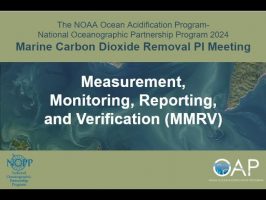
- Source: OAP
NOAA OAP hosted Jaime Palter (URI) to discuss progress on MRV, including a review of a recent Ocean Carbon & Biogeochemistry workshop on the topic.
- Type: Webinar
- Audience: CDR, Researcher
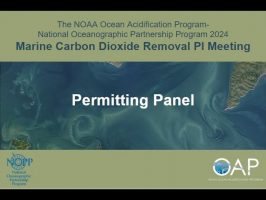
- Source: OAP
NOAA OAP hosted Betsy Valente (EPA) and Martin Mayer (US Army Corps), along with a panel of research partners, to discuss permitting pathways and challenges for marine carbon dioxide removal research.
- Type: Webinar
- Audience: CDR, Researcher
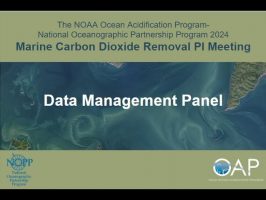
- Source: OAP
NOAA OAP hosted Brendan Carter (NOAA PMEL), Liqing Jiang (NOAA NCEI), and Tyler Kukla (CarbonPlan) to discuss all things data management for the growing field of mCDR.
- Type: Webinar
- Audience: CDR, Researcher
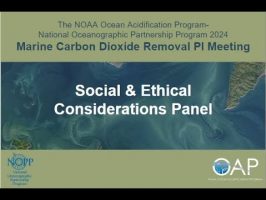
- Source: OAP
NOAA OAP hosted Sonja Klinsky to present to NOPP Portfolio scientists about aspects of consideration for conducting ethically sound mCDR research.
- Type: Webinar
- Audience: CDR, Researcher
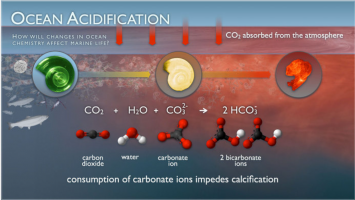
- Source: NOAA Pacific Marine Environmental Laboratory
- Type: Infographic, Video or Multimedia
- Audience: CDR, Educator, General Audiences, Industry, Policy Maker, Researcher, Resource Manager, Student
- Grades 3-5, Grades 6-8, Grades 9-12, Undergraduate, Youth





